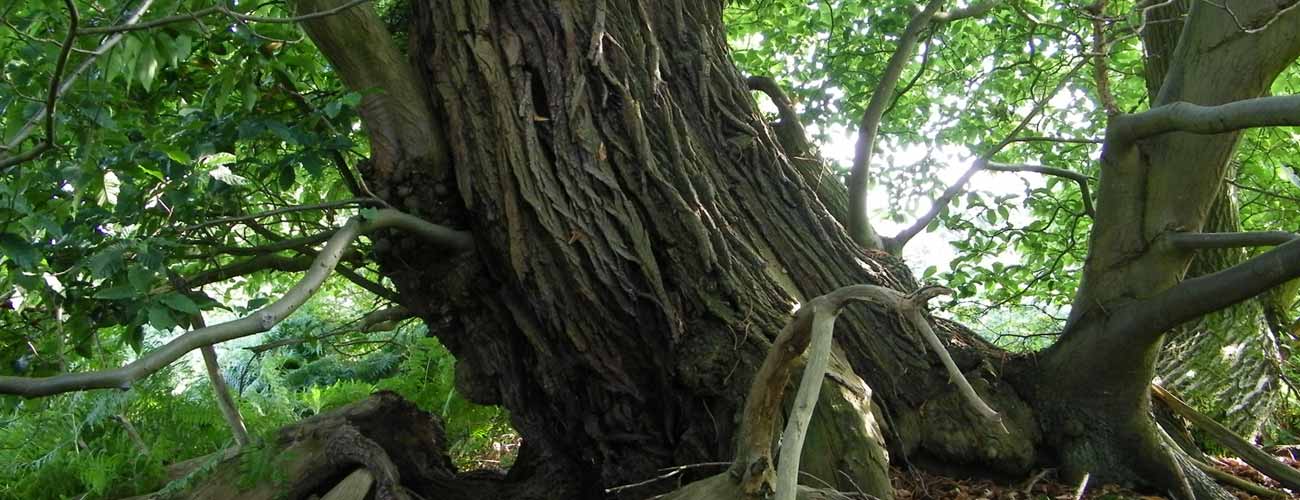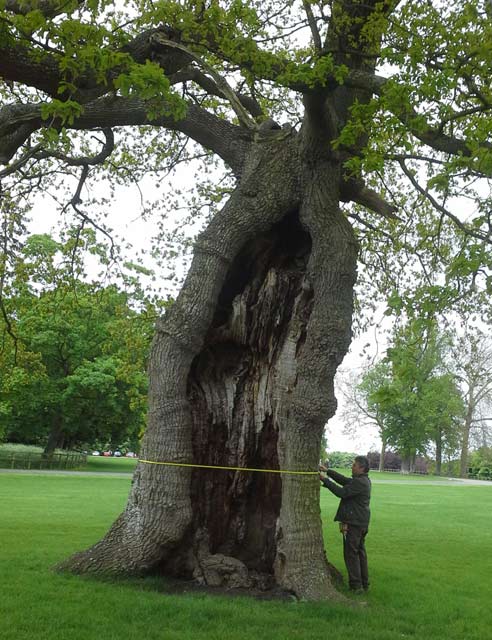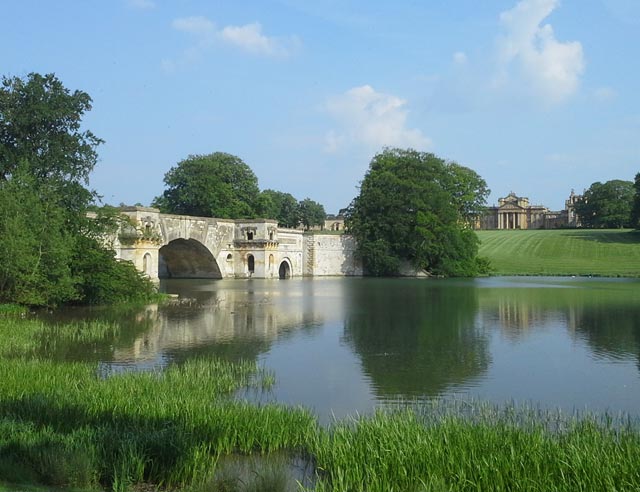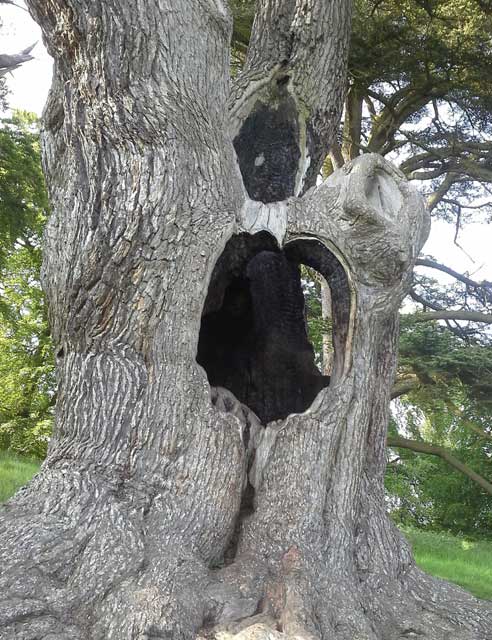

In May 2013 RGS were commissioned to undertake a tree survey at Blenheim Palace Estate in Oxfordshire; the purpose of the survey being to produce an inventory and condition record of all trees in the estate parkland, excluding only woodland areas and the formal gardens and arboretum.
We were also charged with producing digital maps of the estate showing the location of individual trees and cohesive groups of trees, along with their grid references. The information provided by us was to be used in the preparation of an historic landscape management plan.
As well as recording basic data for each tree or group, we provided an estimation of planting date and landscape life expectancy. The project took three weeks to complete, over which time we surveyed in excess of one thousand trees or groups of trees over an area of some 1500 acres.
The predominant tree species at Blenheim are English Oak and Beech, whilst there are also large numbers of Lime and Cedar. There are many old and veteran Oaks in the park, particularly to the east of the palace; many of these are in excess of 350 years of age, and possibly up to 500. Veteran trees require special consideration when managing an estate with such high visitor numbers as at Blenheim, not only for risk management but for the preservation of the trees themselves and the unique habitats they provide.

Measuring the stem diameter of a veteran Oak

The lake at Blenheim Palace, Oxford
Much of the landscape at Blenheim was designed by Lancelot Brown between 1764 and 1774, including his famous 'centrepiece' surrounding the lake to the north and west of the palace. A grand double avenue of Lime trees in The Great Park to the north is a more recent addition and comprises over seven hundred trees; planted by the 11th and present Duke of Marlborough.

Hollow stem of veteran Cedar in Lancelot Brown's centrepiece